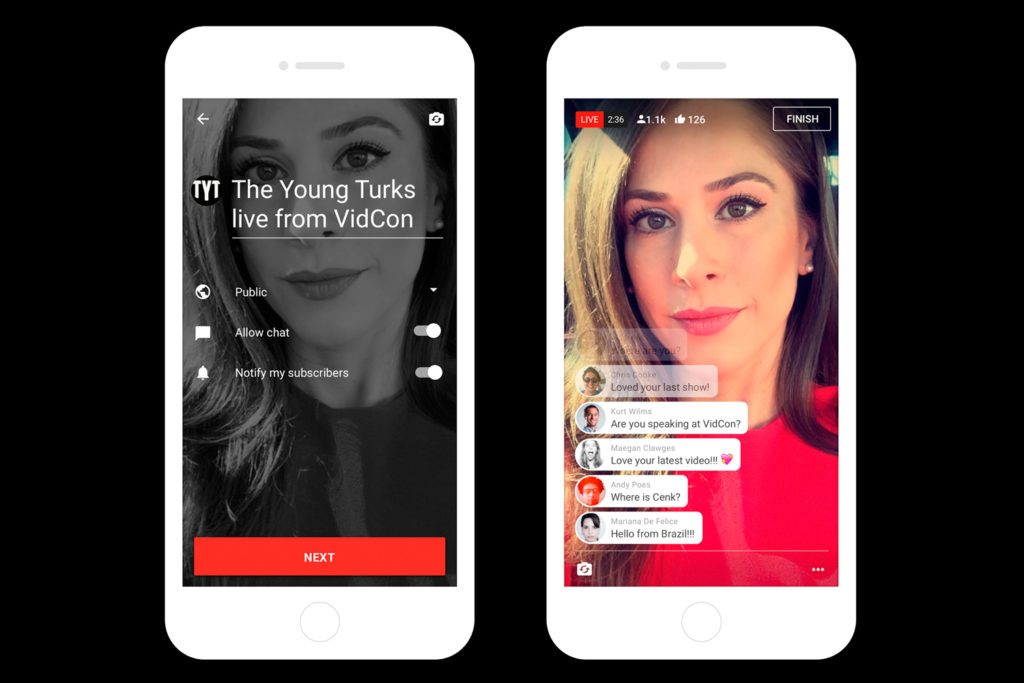YouTube Rolls Out Mobile Live-Streaming to More Users
YouTube is the leader in online video, and pretty much has been since online video has existed.
But the platform has seen an increase in challengers of late, with Facebook and Snapchat now reporting daily video view counts in the billions, and both Twitter and Instagram putting more emphasis on video, particularly live video content.
But YouTube won’t be taken out that easily – I mean, they’ve also been doing live-streaming for a long time, as they’ve pointed out in several blog posts:
“We’ve been offering live streaming on YouTube since 2011, before it was cool.”
But while YouTube has been offering desktop streaming to all users for years, they’ve been slow to adapt to the new mobile streaming trend.
Last year, YouTube launched a new mobile live-streaming option, though they limited access to selected partners only – similar to what Facebook did with the initial rollout of Facebook Live.

Now, they’re expanding access to their mobile streaming option, giving all YouTubers with more than 10,000 subscribers the ability to use the tool. And while 10k subscribers may sound like a lot, YouTube says this will put the new option into the hands of “hundreds of thousands of talented creators, giving them a more intimate and spontaneous way to share their thoughts, lives, and creativity.”

Notice that colorful comment there in the GIF? That’s YouTube’s new Super Chat function which gives viewers the opportunity to purchase a chat message that’ll be highlighted in bright colors and stay pinned to the top of the chat window for up to five hours.
YouTube announced Super Chat last month, but as part of today’s announcement, they’ve also noted that it too will be made available to more users.
.gif)
The ability to pay for sponsored comments and give money to live creators has been a big hit in China, where there are now more than 150 live-streaming apps competing for attention.
As per this report from Andreesen Horowitz:
“Around 46% of China’s internet population used a livestreaming app in June 2016. Huachuang Securities estimated the mobile livestreaming market opportunity to be a $1.8B industry last year, expanding to $15.9B by 2020. Credit Suisse stated in its September research report that it believes the Chinese personal livestreaming market will be $5B next year — already just $2B less than China’s movie box office total ($7B) and half the size of its mobile gaming market.”
The interaction between live-streamers and viewers has played a big part in that growth, with viewers often competing for attention by paying more money to make their comments or “digital gifts” more visible to the broadcaster.
Whether that trend will take off in western nations remains to be seen, but it certainly adds something new to the appeal of streaming, and given this monetization option is available on YouTube – and not on Facebook Live – it may help YouTube keep some of their more prominent users around, as opposed to seeing them shift over to Facebook Live where they can get more reach.
But of course, if it does work, Facebook will introduce the same – such an option is already built into Facebook Live back-end, with both “donation” and “tip jar” parameters found in the code.
.png)
It’ll be interesting to see how this new option is adopted now that it’s being made more widely available, while it’ll also be worth noting any creator trends and seeing if more live-streams switch across to YouTube as a result.
However you look at it, YouTube is still an important force in online video, with their direct links to Google providing additional search benefits which can’t be offered by Facebook or Twitter. Given this, YouTube’s expanded live-streaming option is definitely worth investigation.


